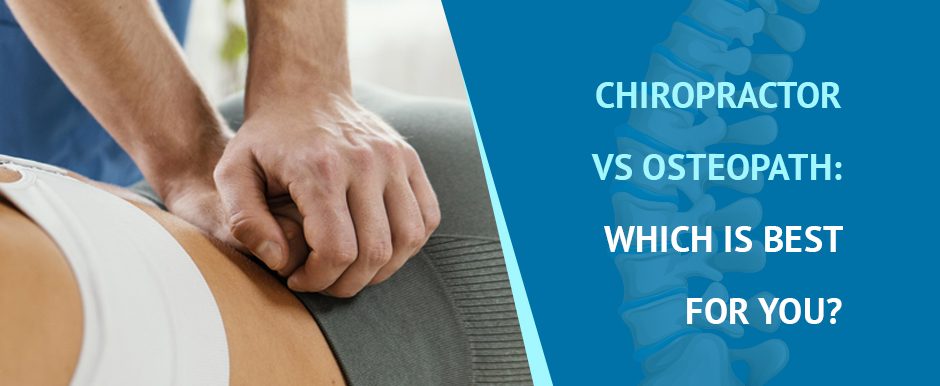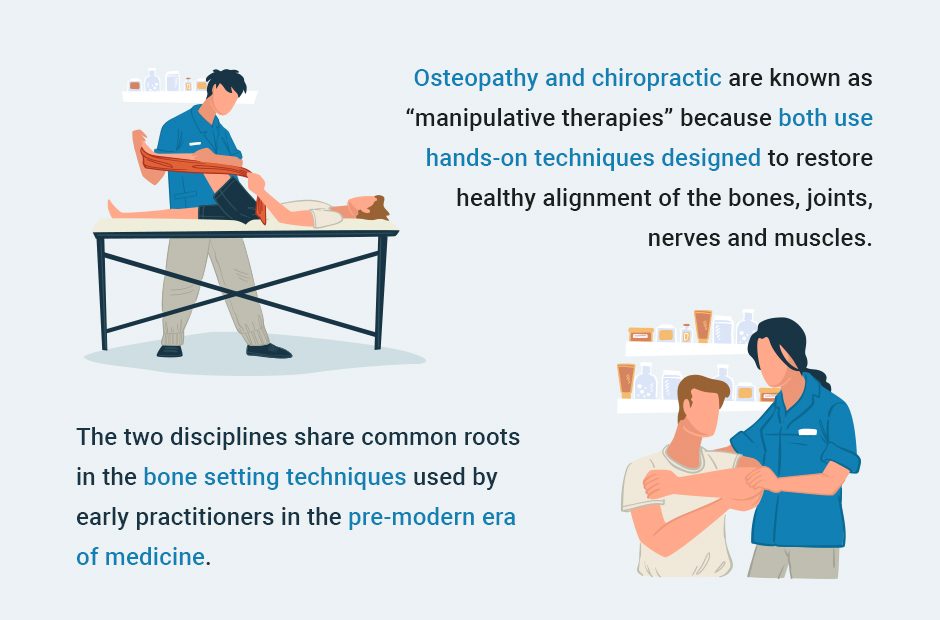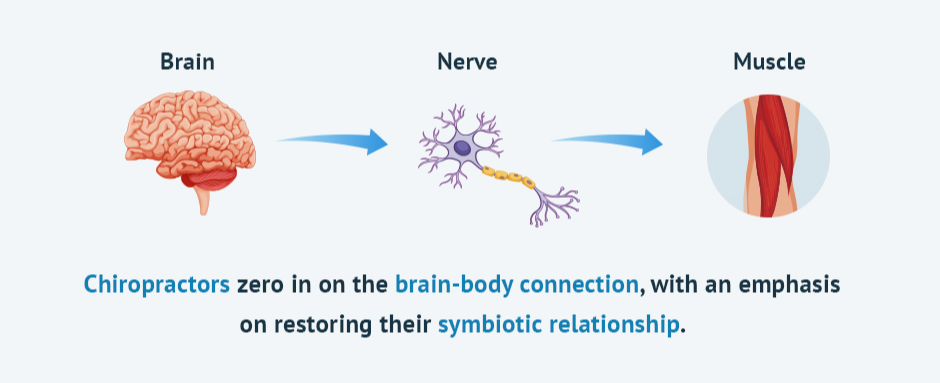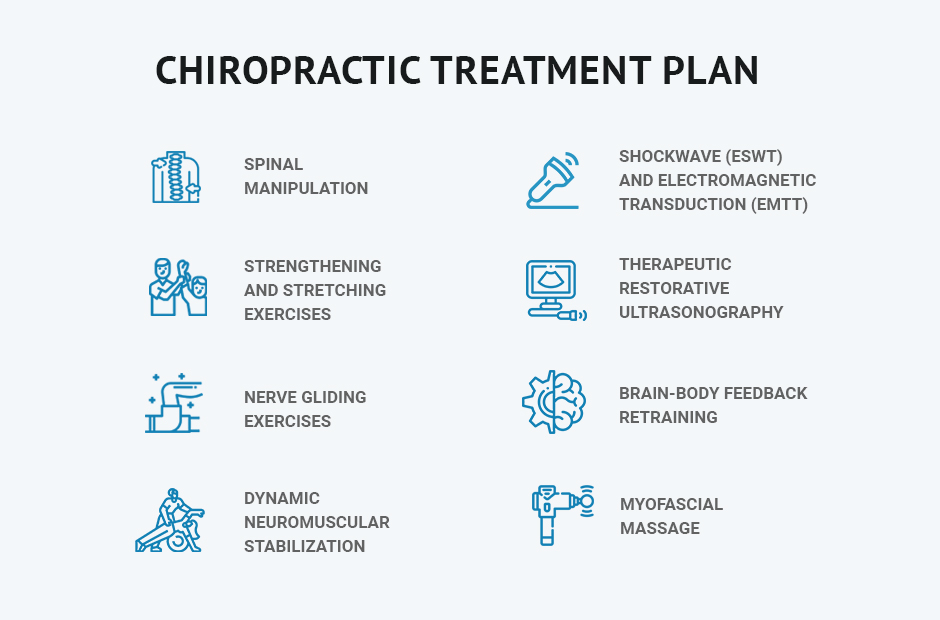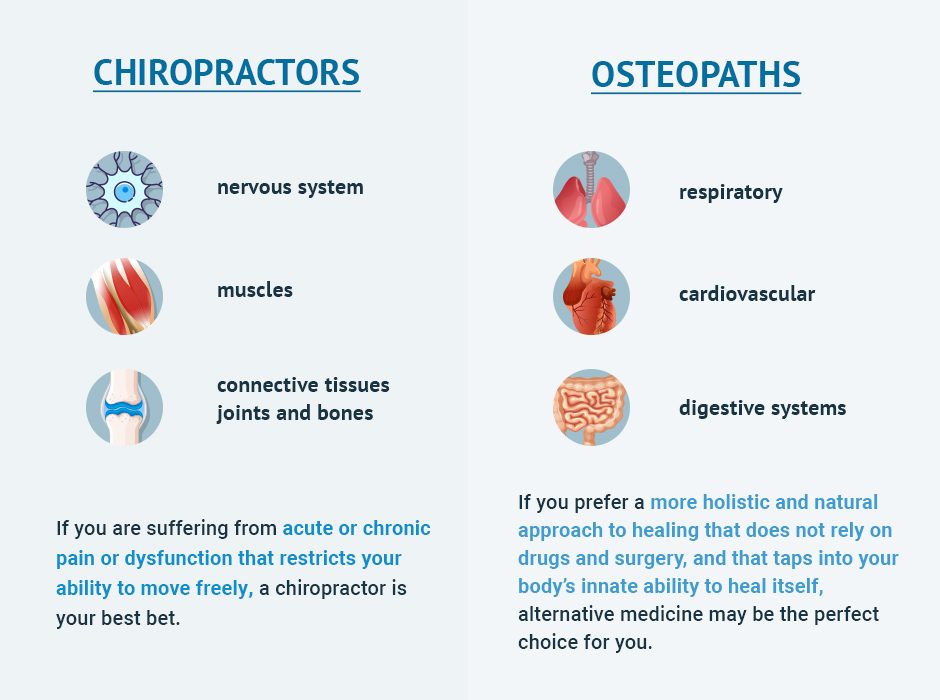Chiropractor vs Osteopath: Which is Best for You?
With conventional medicine veering increasingly toward treatment and away from healing, many people are turning to alternative medical options in hopes of receiving drug-free therapy that resolves their issues of physical pain and dysfunction. But there are many subcategories that fall under the alternative medical umbrella, and knowing the difference can be key to finding the right treatment to restore your health. Two professions that are often confused with one another are chiropractic care and osteopathic medicine.
Origins of Osteopathy and Chiropractic
Osteopathy and chiropractic are known as “manipulative therapies” because both use hands-on techniques designed to restore healthy alignment of the bones, joints, nerves and muscles, in areas where normal movement is restricted, or where pressure on nerves by other structures causes pain and/or dysfunction.
The two disciplines share common roots in the bone setting techniques used by early practitioners in the pre-modern era of medicine. According to professional lore, Andrew Taylor Still who founded the discipline of osteopathy is said to have met with Daniel D. Palmer, the founder of chiropractic, in the late 1800s.
Both Still and Palmer saw the human body as a mechanical organism with the capacity to heal itself. However, Still believed that spinal manipulation benefited the circulatory system, while Palmer believed that spinal misalignment affected the nervous system, and that neural dysfunction was at the root of all disease. Dr. Still went on to found the American School of Osteopathy in Kirksville, Missouri, while Palmer founded the Palmer School and Cure, later renamed Palmer College of Chiropractic, in Davenport, Iowa.
Despite their shared origins, the two disciplines assumed distinct trajectories as their founders and followers pursued different methods and approaches to alternative healing. Both disciplines experienced considerable pushback from conventional medicine, along with infighting among their own disciples about how each profession should progress.
What Do Osteopaths Do?
In the 21st Century, osteopathy has grown less contentious than in its early days. Doctors of Osteopathy (DOs) are fully licensed physicians, and as such, embrace both conventional medicine and alternative therapies. DOs can be found among general practitioners, and within most modern medical specialties.
Modern osteopathy takes a holistic approach to patient care, partnering with patients to address the wellbeing of the entire body. They receive training in the musculoskeletal system, along with new technologies and pharmaceutical interventions. DOs focus on prevention, with an emphasis on the impact of lifestyle and environment.
What Do Chiropractors Do?
Modern chiropractors use manual therapies to treat neuromuscular disorders. Since your central nervous system descends from your brain and is ensconced in your spinal canal before branching off to innervate your entire body, it stands to reason that misalignment of the spine can exert pressure on the nerve roots, which can profoundly impact any area of your body.
The goal of chiropractors is to relieve pain and dysfunction, without drugs or surgery. They are huge proponents of patient education. Chiropractors zero in on the brain-body connection, with an emphasis on restoring their symbiotic relationship.
For example, if you sprain your ankle, signals sent from your injured tissues to your brain will cause the brain to create compensation patterns that shift the body’s weight to other structures. Once you heal, you will have to retrain your brain to restore normal function to the healed tissues.
While spinal manipulation is a staple of chiropractic care, chiropractors are trained to treat any condition involving the musculoskeletal system, with the end goal of restoring functional pain-free movement.
Your chiropractic treatment plan may include:
Spinal manipulation
Strengthening and stretching exercises
Nerve gliding exercises
Specialized therapies like Dynamic Neuromuscular Stabilization (DNS)
Regenerative therapies like shockwave (ESWT) and electromagnetic transduction (EMTT)
Therapeutic restorative ultrasonography
Brain-body feedback retraining
Myofascial massage
Chiropractors are licensed health care providers who hold a doctoral degree, but they are not considered medical doctors. They offer conservative care aimed at healing, while avoiding drugs and surgery. Chiropractors seek to get to the root of the problem and restore pain-free movement, rather than simply treating the symptoms.
Do You Need an Osteopath or a Chiropractor?
Both osteopaths and chiropractors are geared to holistic healing, and both are more likely to look for the underlying cause of your problem than a conventional doctor. They go beyond treating your symptoms to restoring your overall health. Both educate their patients on the role of lifestyle and environmental factors, and both believe in the body’s innate ability to heal itself.
For the most part, chiropractors focus on pain and dysfunction of the musculoskeletal system. They treat conditions involving the nervous system, muscles, connective tissues, joints and bones. If you are suffering from acute or chronic pain or dysfunction that restricts your ability to move freely, a chiropractor is your best bet.
Osteopaths do manual adjustments, but they are also trained to address issues pertaining to the respiratory, cardiovascular and digestive systems. If your condition affects systems other than the musculoskeletal system, an osteopath may be your best choice.
If you prefer a more holistic and natural approach to healing that does not rely on drugs and surgery, and that taps into your body’s innate ability to heal itself, alternative medicine may be the perfect choice for you.
Get the Best Chiropractic Care in NYC at NYDNRehab
The NYDNRehab clinic is located in Midtown Manhattan and specializes in sports medicine, regenerative therapies, chiropractic care and physical therapy. We provide state-of-the-art chiropractic care for back pain, neck pain, and a vast array of musculoskeletal disorders.
Dr. Lev Kalika, clinical director at NYDNRehab, is a world-renowned doctor of chiropractic, with multiple certifications in a variety of diagnostic and treatment methods. The clinic at NYDNRehab is equipped with the latest advanced technologies for treating human movement disorders.
Contact us today, and get rid of your pain and dysfunction for good, so you can get back to doing the things you love.


